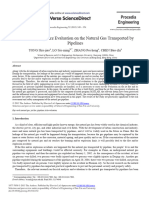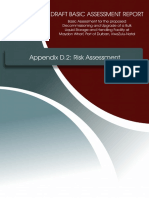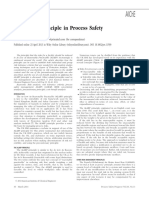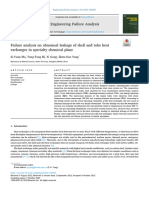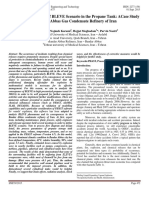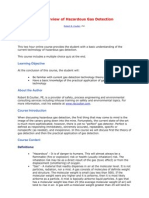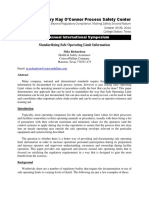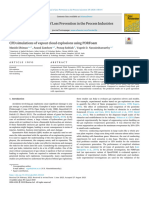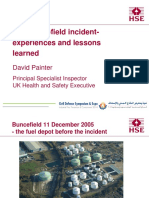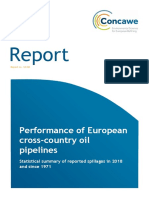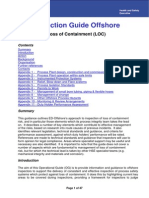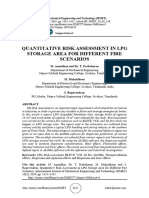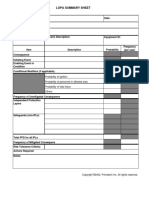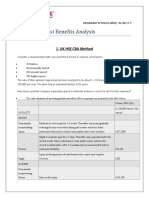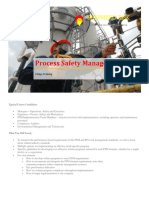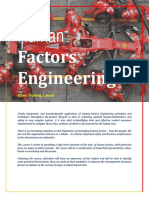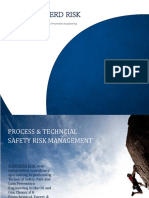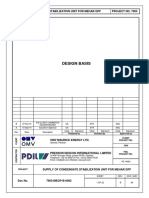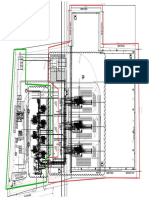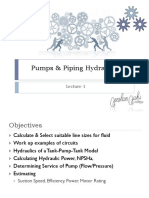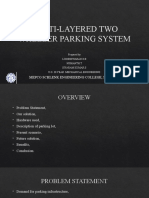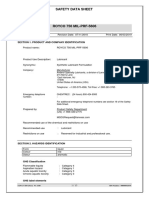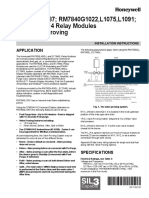Exercise: Consequence Modelling
1. Calculate release rate for Natural Gas at 1200 Psig, 40C, from a piping with 50mm hole.
2. Calculate jet flame length for the loss of containment scenario in Q1
3. Calculate Pool dia and flame height for pool fire resulting from a 25mm hole in an unbunded tank for
30 minutes.
4. What concentration of Ammonia gas would result in 50% probability of fatality for a 5 minute
exposure?
�1. Release Rate calculation
a. Gas Phase
The initial gas release rate, Q(0), in kg/s is given by:
1
2 1 M
Q(0) AREA C d P
1 RT
Where:
Cd = discharge coefficient (= 0,85).
= ratio of specific heats.
R = gas constant = 8 314.
P = pressure (N/m2).
M = relative molecular mass (g/mol).
T = temperature (K).
2. Typical values for are:
Methane 1,308.
Ethane 1,193.
Propane 1,133.
Butane 1,094 to 1,097.
Pentane 1,074 to 1,076.
3. Values for M (Molecular weight) are:
Methane 16.
Ethane 30.
Propane 44.
Butane 58.
Pentane 72
� Source: OGP Risk Assessment Data Directory 434
b. Liquid Phase
� Source: OGP Risk Assessment Data Directory 434
c. Dispersion Distances
�Source: OGP Risk Assessment Data Directory 434
�Source: OGP Risk Assessment Data Directory 434
�2. Fires
a. Jet Fire
��b. Pool Fire
��3. Impact Assessment
Probit: a function that relates lethality to the intensity or concentration of a hazardous effect and
the duration of exposure.
Pr = K1 + K2 ℓn V
where:
Pr = probit
K1, K2 are constants, V = “dose”,
For toxic materials: V = (cnt)
where c = concentration, ppm, n = constant, t = exposure duration, min
For thermal radiation: V = (I4/3t)
where
I = thermal radiation, kw/m2
t = exposure duration, min
K1 = - 36.38 K2 = 2.56


